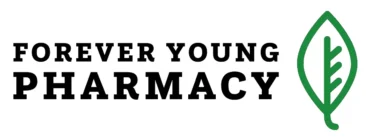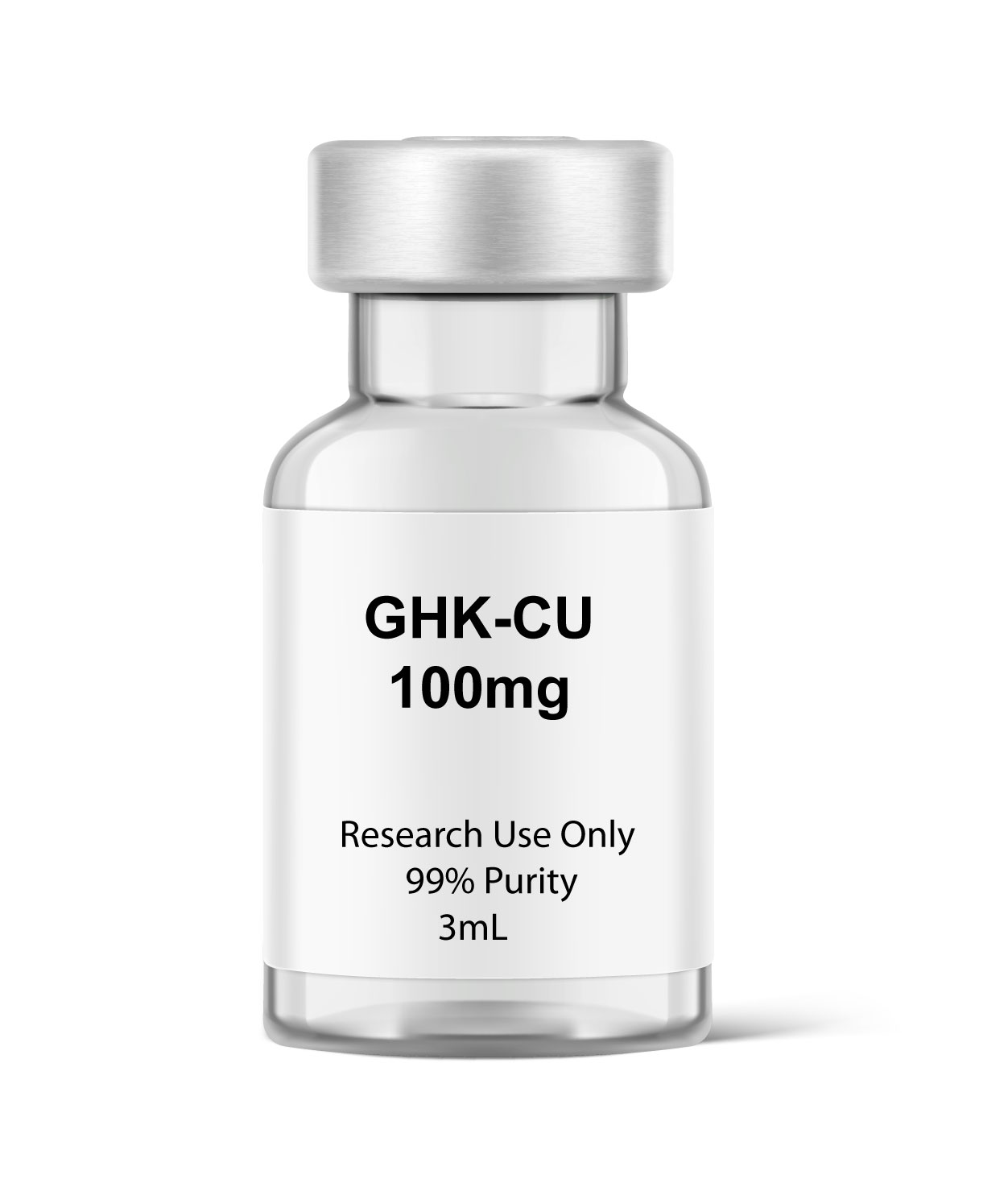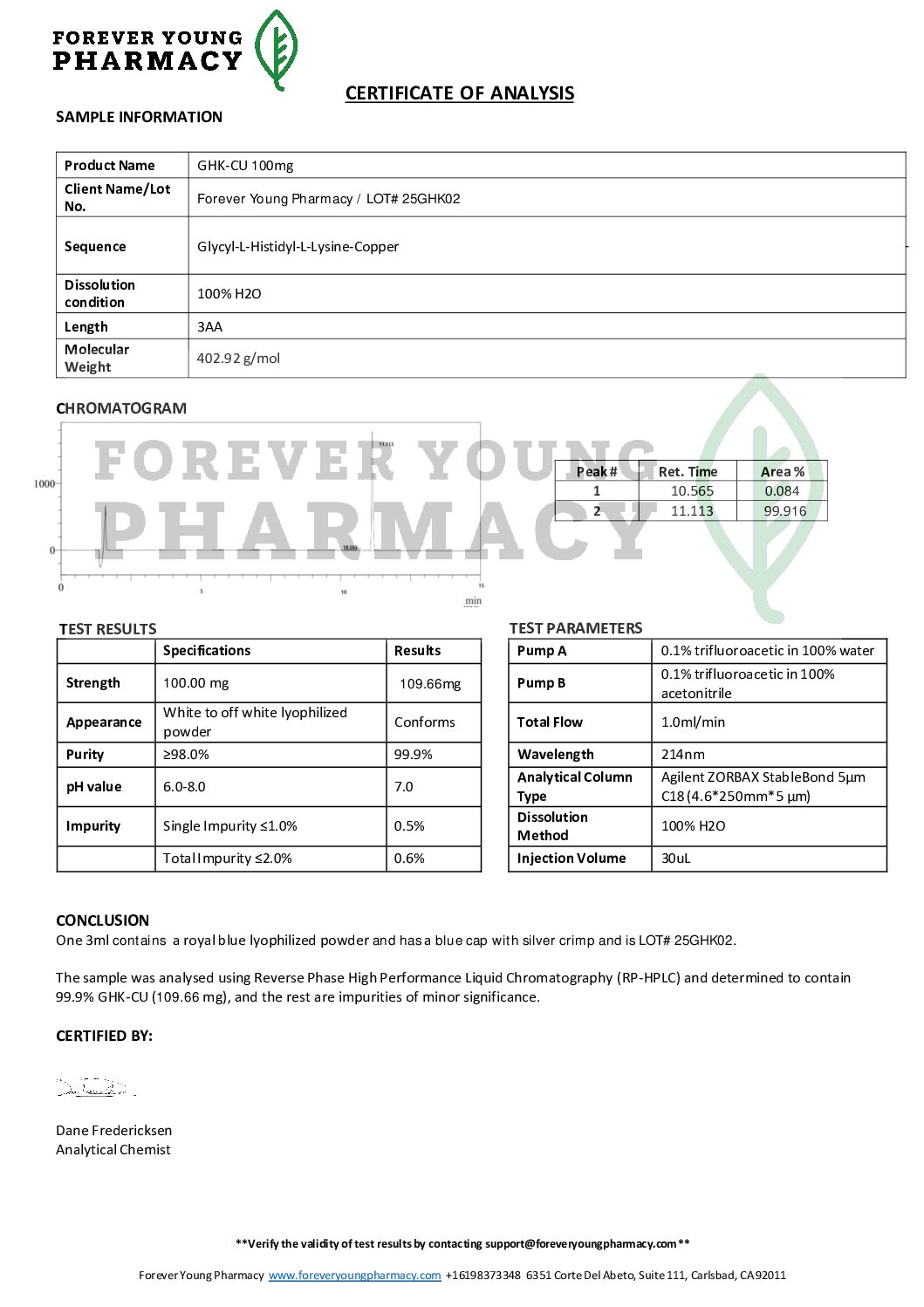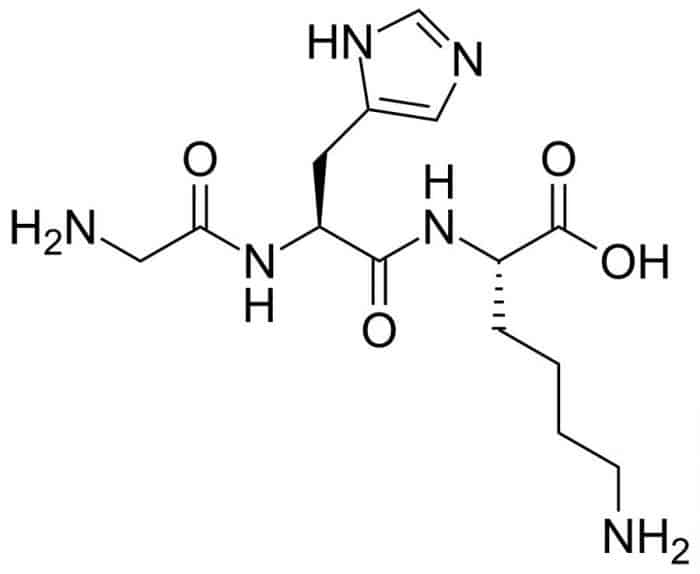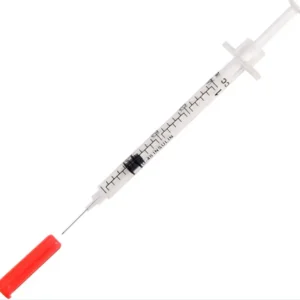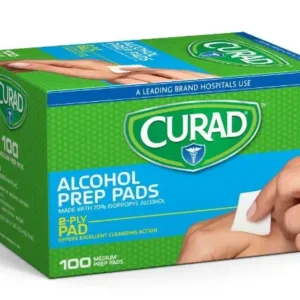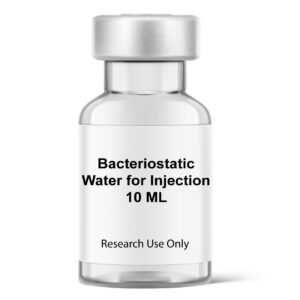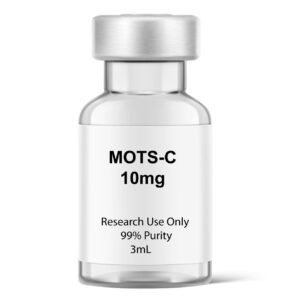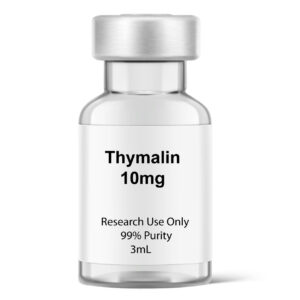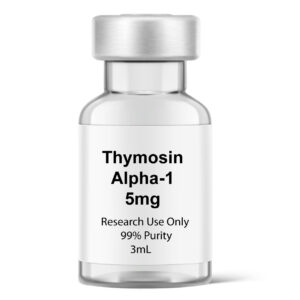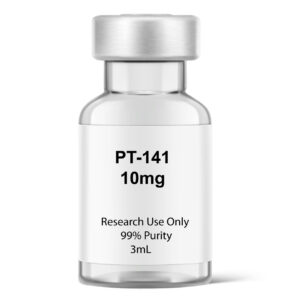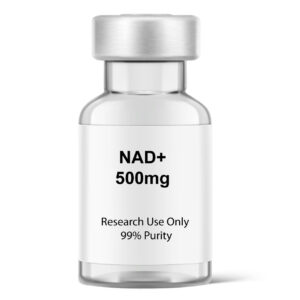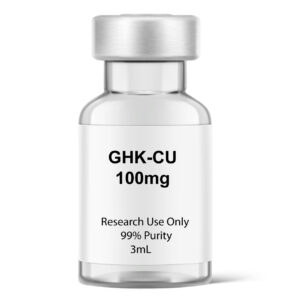Introduction to GHK-CU
GHK-Cu is a naturally occurring copper-binding peptide complex composed of glycine, histidine, and lysine. It has been extensively studied in laboratory settings for its potential role in cellular regeneration, tissue remodeling, and oxidative stress response. First identified in human plasma, GHK-Cu has since been a subject of interest in dermatological and wound-healing research.
Mechanism of Action
In research environments, GHK-Cu functions by forming a complex with copper ions (Cu²⁺), which are essential trace elements involved in enzymatic activity, tissue repair, and cellular signaling. Studies suggest that GHK-Cu may influence pathways related to fibroblast activity, collagen synthesis, and the modulation of inflammatory responses. It has also been investigated for its ability to support the production of glycosaminoglycans, proteins associated with skin structure and hydration, under controlled experimental conditions.
Key Research Areas
In vitro and animal studies have indicated that GHK-Cu may contribute to improvements in skin appearance, such as enhanced texture and elasticity, through its role in cellular regeneration and antioxidant defense. Other areas of research have examined its influence on wound healing and hair follicle stimulation. These findings are preliminary and not intended to imply therapeutic use in humans.
Important Disclaimer
GHK-Cu is intended for laboratory research use only. It is not approved by the FDA for medical, cosmetic, or therapeutic applications in humans or animals. Any mention of physiological outcomes refers solely to results from preclinical studies and should not be construed as medical claims.
For Research Use Only. Not for human or animal consumption. Not intended to diagnose, treat, cure, or prevent any disease. Must be handled by trained professionals in a research setting.
Certificate of Analysis
| Property | Description |
|---|---|
| Chemical Sequence | Glycyl-L-histidyl-L-lysine-Cu |
| CAS | 117-39-5 |
| Molecular Formula | C14H24N4O4Cu |
| Molecular Weight | 367.8 g/mol |
| Appearance | White Lyophilized Powder |
